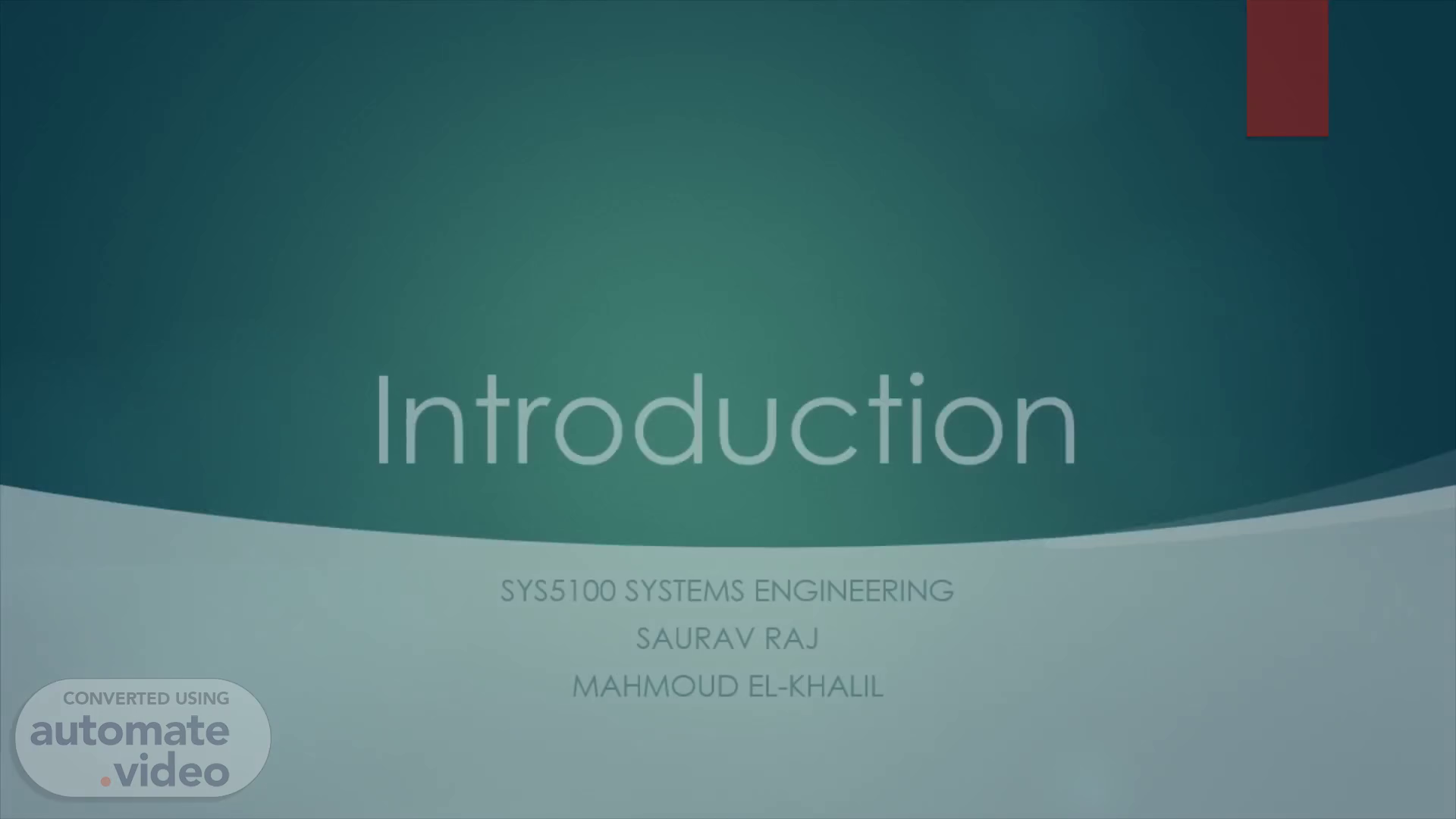Scene 1 (0s)
[Audio] Hello, this video is about Designing and Simulating Intelligent Control MPPT Technique for PV module created by Mahmoud El-Khalil and Saurav Raj.
Scene 2 (11s)
[Audio] Using this reference paper. Reference Paper.
Scene 3 (27s)
[Audio] The problem we want to solve is to track the maximum power point of a PV system under varying weather conditions, using a fuzzy logic controller based MPPT approach..
Scene 4 (39s)
[Audio] The primary use of PV (photovoltaic) cells is to generate electricity from sunlight. PV cells are used in various applications, such as Residential and commercial buildings, Off-grid power systems, To power portable electronic devices such as calculators, watches, and mobile phones and also in transportation. Overall, the use of PV cells is increasing rapidly as the world moves towards a cleaner and more sustainable energy future..
Scene 5 (1m 10s)
[Audio] Through this project we implemented a new fuzzy logic based Maximum Power Point Tracking algorithm for solar panel. The solar panel is modelled and analysed in MATLAB/SIMULINK. The Solar panel can produce maximum power at a particular operating point called Maximum Power Point.To produce maximum power and to get maximum efficiency, the entire photovoltaic panel must operate at this particular point. Maximum power point of PV panel keeps on changing with changing environmental conditions such as solar irradiance and cell temperature. Thus to extract maximum available power from a PV module, MPPT algorithms are implemented. In this project, Perturb and Observe MPPT and fuzzy logic based MPPT are developed and compared..
Scene 6 (2m 1s)
[Audio] The principle of P&O controller is to create a perturbation by decreasing or increasing the duty cycle of boost converter and then observing the direction of change of PV output. If at any instant, the output PV power & voltage are greater than the previous computed power & Voltage, then the direction of perturbation is maintained, otherwise it is reversed..
Scene 7 (2m 24s)
[Audio] Using this principle, the simulation was performed on SIMULINK and we obtained the following response Voltage, Current and Power of the boost converter for an input for 1000 watt per meter square irradiation level. In this graph we can see power signal line oscillating around the Maximum power point, resulting in power loss of the PV system. Thus, the implementation of Fuzzy logic control is expected to reduce the oscillation of the operating voltage and hence minimizes the power loss on the PV system..
Scene 8 (2m 57s)
[Audio] Fuzzy logic controller works with imprecise inputs, it does not need an accurate mathematical model and it can handle nonlinearity well. It is more robust compared to the conventional nonlinear controller. The operation of FLC has 4 classifications namely, Fuzzification, rule base, inference engine and De-Fuzzification (show a picture here) The inputs of FLC are change in power and change in current while the output is reference voltage to generate error signal Change in error signal from FLC..
Scene 9 (3m 31s)
[Audio] In Fuzzification Membership function values are allotted to the linguistic variables, using five fuzzy subsets (show the image). The membership function plots for the input and output function were as shown..
Scene 10 (3m 46s)
[Audio] Inference engine mainly consists of fuzzy rule base and implication sub-blocks. The inputs are now fuzzified and fed to the inference engine and the rule base is applied. The output fuzzy set is the identified using MIN-MAX fuzzy implication method. The fuzzy rule base of the proposed Fuzzy logic circuit is as shown.
Scene 11 (4m 11s)
[Audio] For the Defuzzification step we use the method of Centre of gravity method to compute the output of the Fuzzy logic to generate the duty ratio..
Scene 12 (4m 23s)
[Audio] We simulate the MATLAB model of the proposed Fuzzy logic control and obtain a smoother power, voltage and current signal line with less oscillations and better stable operating point when compared to P and O technique..
Scene 13 (4m 37s)
[Audio] For further analysis, irradiation levels of 1000, 800, 600, 400 and 200 watt per meter square with constant temperature at 25 degree Celsius are considered. The PV module output voltage, current and power of FLC are compared with P&O..
Scene 14 (4m 57s)
[Audio] it is noticed that oscillations produced by P and O are high when compared to FLC. FLC has better response time, less initial oscillations and much more accurate tracking at each step for different irradiation or climatic condition..
Scene 15 (5m 14s)
[Audio] Thus it can be conclude that the performance of FLC MPPT is better than the traditional P&O MPPT. Thank you for your time..
Scene 16 (5m 26s)
Conclusion. Compare with and without Fl.
